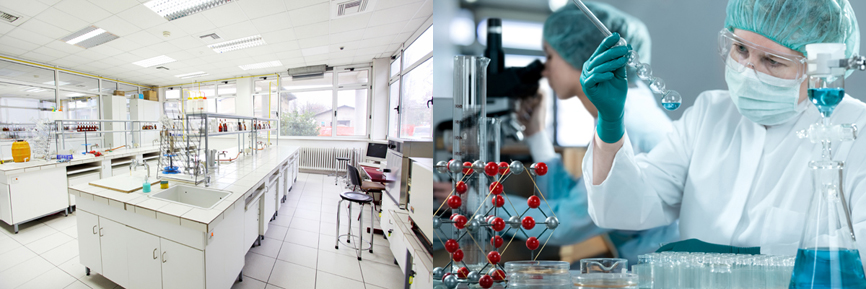

Corrosion failure analysis: corrosion refers to the damage phenomenon caused by chemical or electrochemical reaction on the surface of metal or alloy materials. Although metal corrosion plays an important role in acid pickling, chemical power supply, electrochemical machining, metallographic etching and so on, the loss caused by it in national economy is quite serious. Because the corrosion is the loss of original design function of mechanical components, it is called corrosion failure. I. classification by corrosion mechanism (1) the damage caused by the chemical action between the metal surface and the surrounding medium is characterized by no current generated during the action. The corrosion of metal in dry gas and non electrolyte belongs to chemical corrosion. (2) damage caused by electrochemical corrosion of metal surface and surrounding medium. It is characterized by the presence of conductive electrolyte solution in the medium and the generation of electric current in the process of corrosion. This kind of corrosion is most common, including atmospheric corrosion, soil corrosion, seawater corrosion, electrolyte solution corrosion and molten salt corrosion. II. Classification according to the form of corrosion damage (1) relatively uniform corrosion on all or most of the exposed surfaces, such as aluminum alloy in alkaline solution. This kind of corrosion is easy to analyze and predict, and easy to protect. (2) local corrosion is mainly confined to small areas. The corrosion rate of local corrosion is usually several orders higher than that of uniform corrosion, and it is difficult to find, which may lead to catastrophic failure, so its harm is much greater than uniform corrosion. Local corrosion can be divided into the following categories: pitting corrosion, crevice corrosion, galvanic corrosion, intergranular corrosion, selective corrosion, wear corrosion, stress corrosion, hydrogen damage and corrosion fatigue. III. classification by corrosive environment There are seawater corrosion, soil corrosion, atmospheric corrosion, electrolyte solution corrosion, molten salt corrosion, biological corrosion, non electrolyte solution corrosion, stray current corrosion and high temperature corrosion (oxidation, vulcanization), etc.